Sony Alpha A7 (ILCE-7) and Sony Alpha A7r (ILCE-7r) vs rest of the world. Part 4.
All this is to give you an idea what those Megapixels, Full Frame, APS-C or Micro Four Thirds terms means to us photographers in a real life. If you can’t decide, which camera is right one for you, those articles might help you a little bit.
Of course, there is much more than sensor size, noise or resolution, that you should take in consideration. But Sony A7/r cameras are putting those three aspects in the first plan.
That is why I want to show you, what those marketing numbers brings to us photographers. No hype, just pure facts 🙂
In the last article, where I tried to show you what will happen with the framing if you use different sensor size cameras from the same position (FOV difference), I choose distant subject (with vertical walls for better understanding of FOV), something that was supposed to simulate landscape situation.
When it comes to DOF (Depth Of Field in this case, but it could also mean Dept Of Focus), that is one of the main arguments with which fans of the larger sensors are arguing against smaller sensors, such as MFT (micro four thirds), but also 1″ (Nikon J/V series or Sony RX10, 100 etc.). Why?
Because if you can achieve shallow depth of field, you have better chances to use that to isolate your subject from the background. That helps to lead observer sight toward main subject. In other words – imagine that you are shooting bride on the wedding ceremony. There is the ugliest wall in the whole building with a few drunk relatives not so far behind her, and unfortunately you have to capture the moment, because there will be no other chance. You want the bride to look good, and anyone who will watch your image to look at her and not on drunk relatives behind. Shallow DOF can help you in such situation 🙂
In general terms, I tried to explain how DOF can influence your image in one of my previous articles about great Canon EF 200/2 L IS lens.
If we now understand what DOF is all about and why it is important creative tool for the look of your images, let’s see how it is related to A7/r and other cameras in this comparison. This time however, I will show you simulation of the night portrait with a Nikon Nikkor 50/1.4 Ai SC (single coated) lens.
What will happen, if we keep the cameras at the same position, as in the previous test…
This is Full Frame A7 sensor.
If I don’t move the camera and put on tripod NEX 5N instead, this is what I will get
Finally, my Olympus OM-D EM-5 from the very same position will give me this framing
If you look at the blurred area now, you should see that highlight rendering is more or less the same. In other words – quantity and quality of the blur is same.
But what if we want to keep same framing as with our A7 and A7r cameras?
First, here is A7r (same as A7 in this respect) with its full frame sensor. Distance to subject is approx. 60cm.
To get approx.same framing (perspective change when we move from subject, so it can’t be exactly the same), I had to move my APS-C camera (NEX 7 in this case) to about 90cm from the subject. This is the result.
Finally, to get close to those big sensor fellas, I had to move my Olympus OM-D EM-5 to approx. 120cm. Here is what I got…
If you want to explore those images in full resolution, you can click here.
You should be able to see from those samples, how sensor size influence resulting images in regard to DOF and related amount of the blur in a real (well almost :-)) life.
In the full frame sensor image, your attention is led to my model. (Name anyone?) With APS-C sensor, attention is still led to my model, but background starts to be a bit more destructing and my eyes feels it more. With Micro Four Thirds sensor, background already start to interfere with my model, and the whole impression from the image is more… harsh, nervous or something like that.
Of course, with deeper DOF we will get more of our model in focus too. So in some extreme situations, while you can isolate your subject perfectly from background using shallow DOF, you can also end with only one eye sharp, or sharp both eyes, but blurred nose. However, in those situations, you can simply stop your lens down on a full frame camera to increase DOF. You can’t open your lens more (when it is fully open) to achieve shallower DOF on smaller sensor cameras however.
Last thing related to DOF, that I would like to share with you – is distance…
In my set-up, you can see far background (behind those large circular highlights – it is building across the street). As you can see, the amount of the blur in that area does change between images, but it doesn’t have significant effect to our image. That’s because it is almost 100m far away and it is rather monolith in color and structure (unlike chess board i.e. :-))
But left to my model, there is that blue/red/green thing and that one makes most of the differences described above. That is because it is only 30cm behind my model.
This is important to note, because it can help you to obey limitations of the smaller sensor related to the DOF.
If possible, you can always ask your model to move further from the background and you should be able to create smooth background as if using full frame sensor camera in the original situation.
All what I wrote in my last three articles, was meant to show – how different sensor sizes and resolution will affect your resulting images. In all those examples I used always same lens for related comparisons. I am sure that you know, but let me just mention, that lens selection can also influence resulting resolution and even much more DOF discussed here.
If you i.e. put on your A7r camera – Sony FE 35mm f/2.8 lens, and on Olympus OM-D EM-5 – CV Nokton 35mm f/1.2 and you take a shot with both combinations at wide open apertures, you will have slightly shallower DOF with Olympus. If you do it other way around, difference in DOF will be significant. But that is another story, that has not much to do with camera sensor differences discussed here.
You might also want to check article about resolution differences and noise (that Megapixel and ISO things :-))
So, what camera is right one for you?
Only you can know the answer, but in the next article, I will try to give you my POV and to resume strengths and weaknesses of possible solutions.
After that, I will focus purely on the differences between A7 and A7r. I am planning to post some videos about settings, focus speed etc. Stay tuned.
Here are few images for you from my testings…
Other parts of this rolling review:
Part 1
Part 2
Part 3
Part 5
Part 6
Part 7
Part 8
Part 9 – A7 vs A7r Final Showdown
Please help support this page and upcomming reviews and buy through affiliate links, with no extra cost for you:
Buy on BHPhoto: Alpha a7 Mirrorless Digital Camera
To help this page survive, your donation will be highly appreciated.


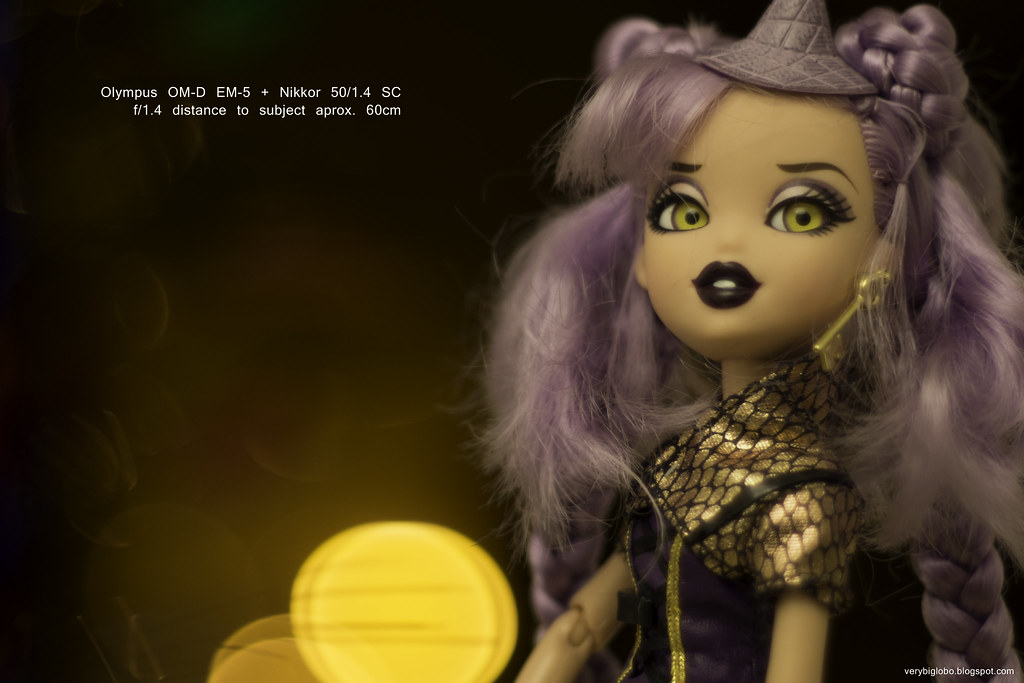


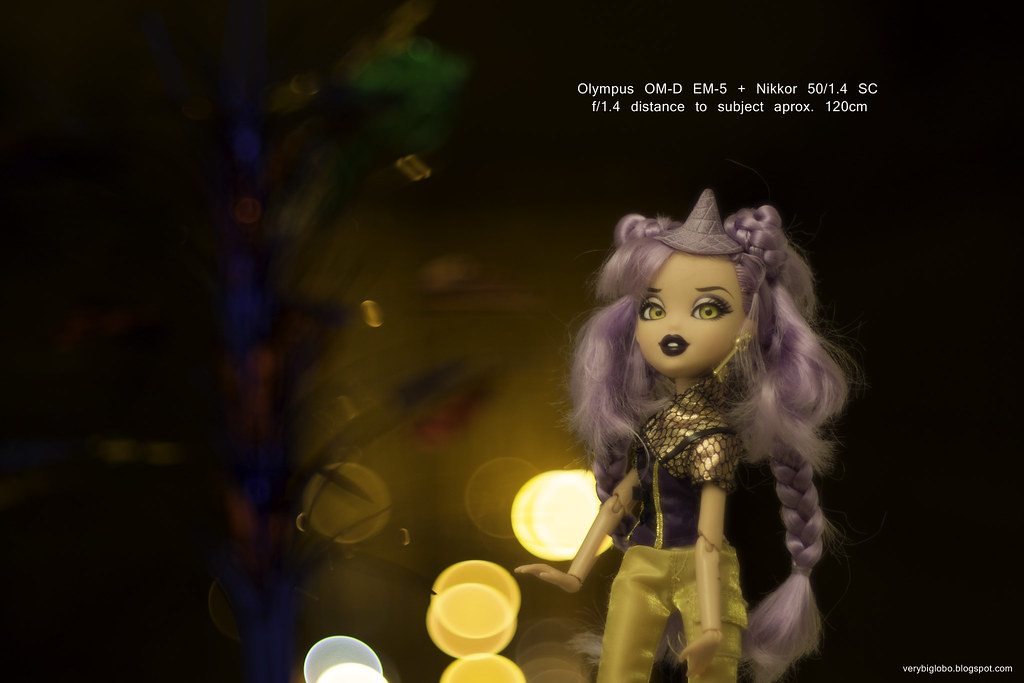
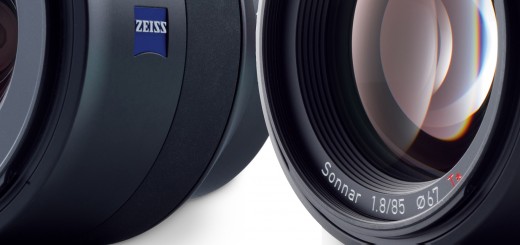
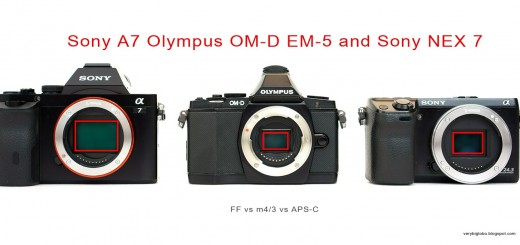
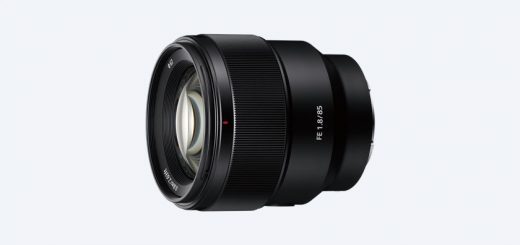













Thank you very much for your great article Victor ! It could be very interesting, to see a comparison between the A7 and the Nex 7 with Metabones Speedbooster. Tom
Hi Tom, thanks for reading. You can download ISO 12333 images taken with NEX 7 + Metabones Speed Booster + Zeiss Distagon 35/2 ZE here: https://drive.google.com/folderview?id=0B5wvrgrgi8lMbkhxV2xCTkxBc0k&usp=sharing
And A7 with Metabones Smart Adapter III and Zeiss Distagon 35/2 ZE here:
https://drive.google.com/folderview?id=0B5wvrgrgi8lMQmF6d0h4ZDRMMW8&usp=sharing
I didn’t have time to make crops, but you can download and play with files if you like. I will try to do some field comparison shortly.
Cheers,
Viktor
Really enjoying this series… great work 🙂
As for a name for your model, how about: Sakai Shindo? (Sakai for short?) It’s “field depth” in Japanese.